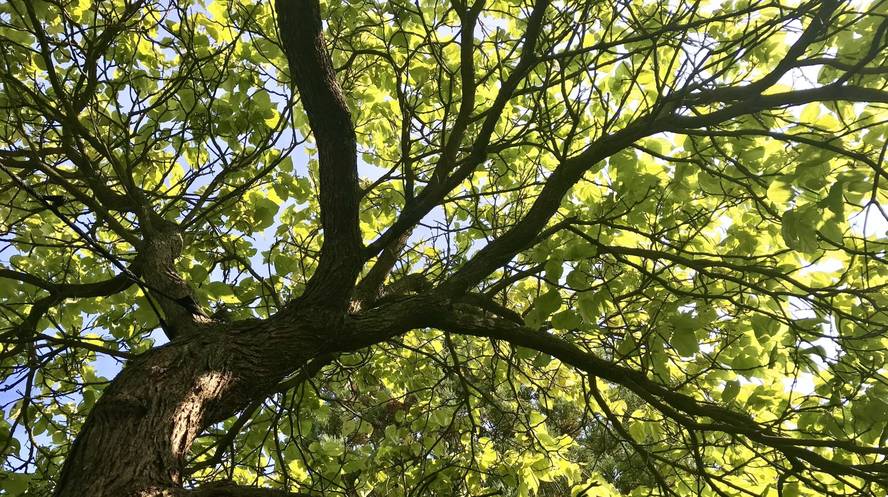Importance of trees in cities
Nature plays a fundamental role in cities. To such an extent that, although decades have been hard to realize, today there is a tendency to reintroduce nature into urbanism as a backbone of physical and psychological health, biodiversity and climate resilience. Surely you will have the understanding of solutions based on nature or green and blue infrastructures. These concepts are used to disintegrate and recover ecosystems as one more element of the urban landscape. Among them, trees are the most important for the quantity and quality of their benefits.
Trees bring a number of benefits that improve quality of life through the creation of more visible and sustainable environments. We can have trees in the streets, rows or squares, as well as parks or urban forests. As these trees become part of a larger ecosystem, they will gain space and health, and their benefits will multiply. In fact, many cities are creating green urban corridors to connect ecosystems, foster biodiversity and facilitate access to nature from anywhere in the city. But it's very important that trees are in all the streets of the city, and you have to analyze them as acupuncture and from ecological respect.
Trees reduce noise and trap atmospheric pollutants. For example, the leaves capture particulate matter with a diameter of less than 10 microns. This material is particularly harmful to the lungs and heart, and most of it comes from the circulation of vehicles. In addition, through photosynthesis, trees produce oxygen and absorb carbon dioxide. Carbon dioxide is one of the greenhouse gases and over the past 80 years, due to the disproportionate consumption of fossil fuels, the temperature of the atmosphere is rising. Trees and their permeable environments (unsealed lands) capture water and are strong allies to prevent erosion (especially in complex orographic areas) and flooding in extreme rainfall. They also release moisture by evapotranspiration, which favors the combustion of local temperature. This moisture and shade of the leafy cups make the heat waves magnificent shelters. Not only that, but this regulation of local temperatures in public space allows to reduce the energy demand in buildings for heating systems in winter and summer. It can be said that trees generate a microclimate that is essential in a climate emergency context, in which cities are especially vulnerable due to built heritage and population concentration.
As living beings with their own rights, trees are also centres of biodiversity and ecological health. Many species, such as birds, fungi, insects, etc., also depend on trees in cities, which live in a difficult balance with human activities. The protection of biodiversity is important not only because we live in a time of global crisis, but also because it is an indicator of the health of urban ecosystems. At higher levels of biodiversity, ecosystems (trees) better perform their functions.
Last but not least, the relationship with nature is fundamental to people. Trees and the biodiversity of our environment help us cope with life in an artificial urban environment. It is proven that being close to nature helps reduce stress and anxiety and improves mental health and well-being, which can be avoided by urban swirl.
Undoubtedly, trees in cities are irreplaceable in the face of the climate crisis and the loss of biodiversity. The integration of trees into cities and the management of their health cannot become a mere public works service. It requires strategy, time and investment. There is strong competition with other urban infrastructures, but the benefits of trees are already inevitable.







